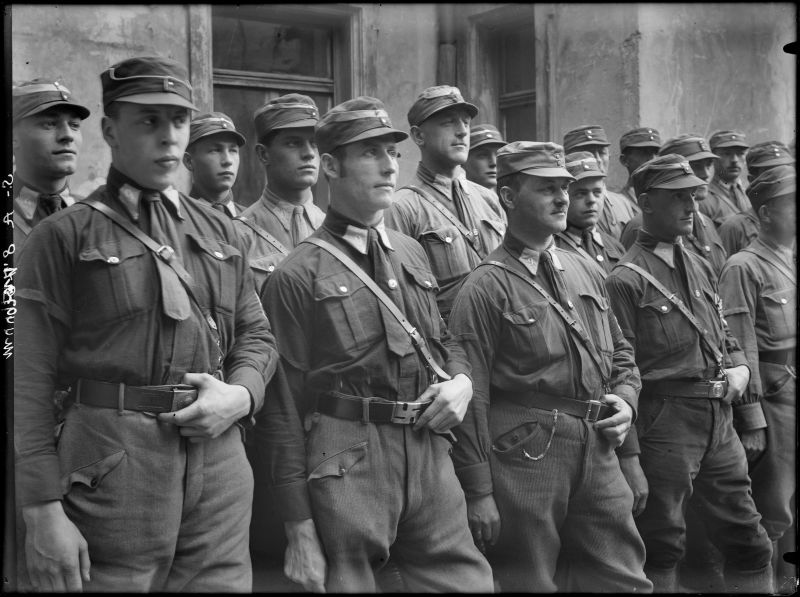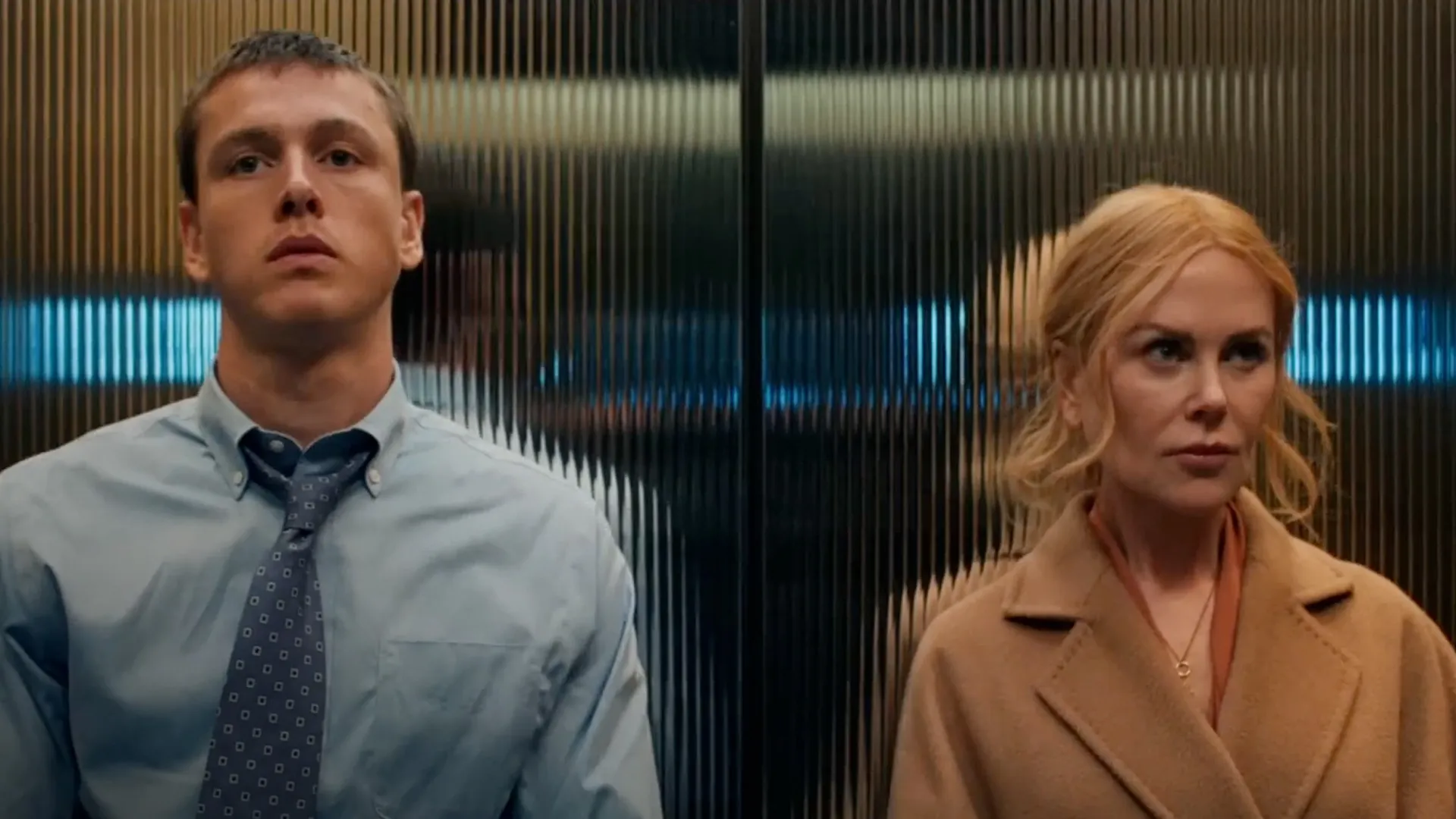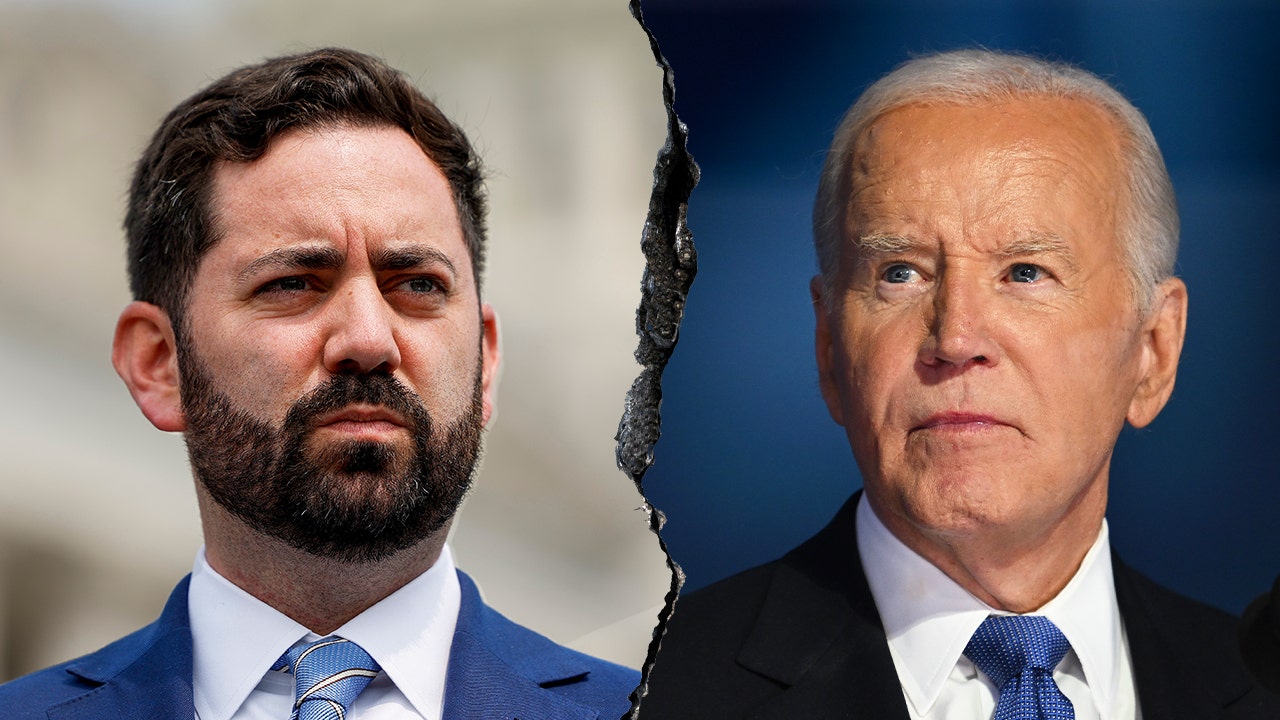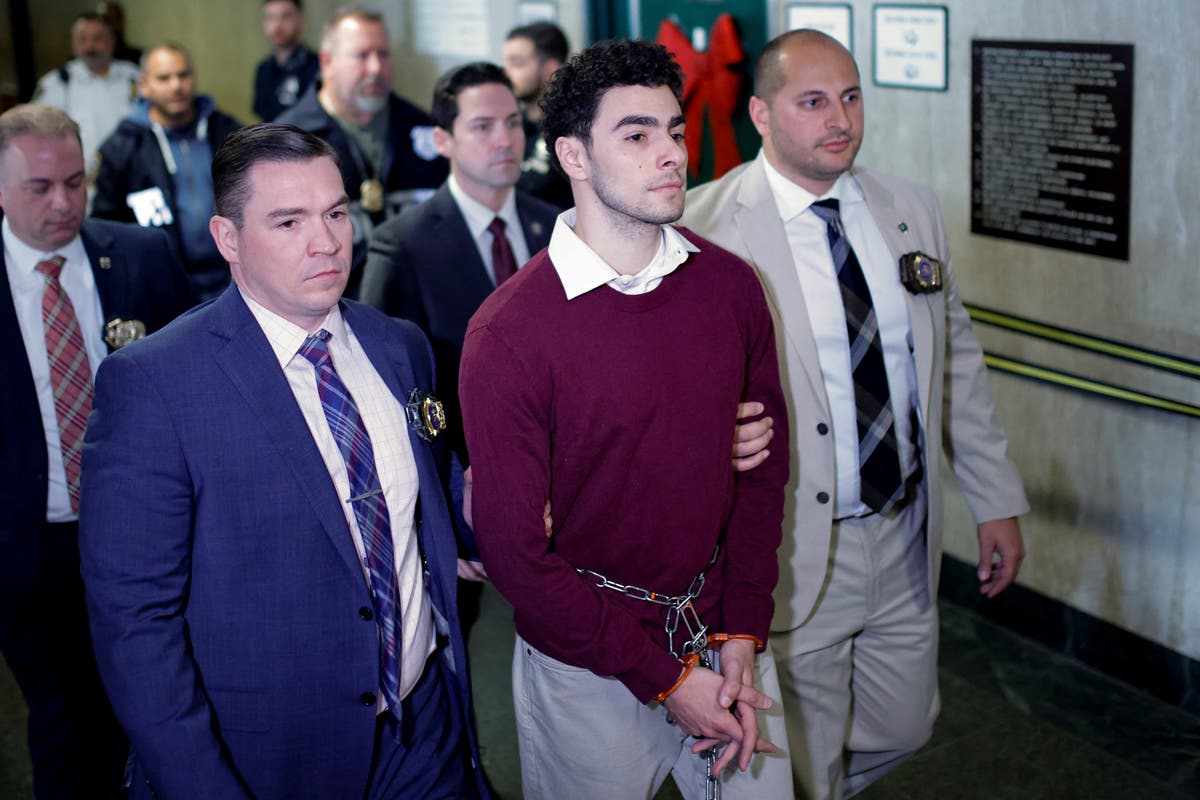The behind-the-scenes machinery of modern Hollywood burst into the open over the weekend as actor Blake Lively filed a legal complaint accusing her “It Ends With Us” director and co-star Justin Baldoni of harassment and creating a hostile on-set working environment. Also included in the complaint are allegations that Baldoni hired crisis PR operatives to wage a sophisticated online smear campaign against Lively as the movie was being released last summer.
As detailed in exhibits accompanying the legal filing, crisis management expert Melissa Nathan responded to a request from Baldoni by saying, “You know we can bury anyone.”
An adaptation of the popular novel by Colleen Hoover, the romantic drama “It Ends With Us,” details an abusive relationship. Released by Sony Pictures, the film has grossed more than $350 million worldwide.
Below is a primer on the key figures involved in the scandal.
Blake Lively
Lively had her first breakout role in 2005’s “The Sisterhood of the Traveling Pants” and its 2008 sequel. She reached a new level of stardom thanks to her leading role in the hit television series “Gossip Girl,” running from 2007 to 2012. Since then she has appeared in films such as “The Age of Adeline,” “The Shallows” and “A Simple Favor.”
In 2012, Lively married actor and producer Ryan Reynolds, which has increased her visibility and fame, as has her close friendship with superstar musician Taylor Swift. Lively made a cameo appearance in Reynolds’ 2024 hit “Deadpool & Wolverine” and said in an interview that her husband had rewritten a scene in “It Ends With Us.” Lively has more than 45 million followers on Instagram.
In a statement, Lively said of the complaint, “I hope that my legal action helps pull back the curtain on these sinister retaliatory tactics to harm people who speak up about misconduct and helps protect others who may be targeted.”
Justin Baldoni
Baldoni is an actor, director and producer who first gained broader attention by appearing on the CW series “Jane the Virgin” from 2014 to 2019. He previously directed the 2019 romantic drama “Five Feet Apart” and the 2020 biographical drama “Clouds.”
Baldoni married actress Emily Foxler in 2013. He is also the co-host of the podcast “Man Enough,” described as exploring “what it means to be a man today and how rigid gender roles have affected all people.” Baldoni has nearly 4 million followers on Instagram.
Among the allegations against Baldoni are comments about Lively’s weight, including reaching out to her personal trainer, as well as physical touching and sexual remarks without consent. Lively requested that no more “sex scenes, oral sex or on camera climaxing” be added outside of what was already in the script.
In the filming of a scene in which her character gives birth, Lively alleges that she was pressured into being mostly nude from the chest down and that many non-essential crew members were on set as she was left exposed in a vulnerable position. Additionally, Baldoni cast a personal friend to play the OB-GYN in the scene, which Lively described as “invasive and humiliating.”
In a statement, Bryan Freedman, an attorney who represents Baldoni, Wayfarer Studios and its representatives, called Lively’s allegations “another desperate attempt to ‘fix’ her negative reputation which was garnered from her own remarks and actions during the campaign for the film. … These claims are completely false, outrageous and intentionally salacious with an intent to publicly hurt and rehash a narrative in the media.”
Of the alleged smear campaign Freedman added, “What is pointedly missing from the cherry-picked correspondence is the evidence that there were no proactive measures taken with media or otherwise; just internal scenario planning and private correspondence to strategize which is standard operating procedure with public relations professionals.”
On Saturday, after the allegations were made public, Baldoni was dropped by talent agency WME, which also represents Lively.
Wayfarer Studios
After his five-year stint on “Jane the Virgin,” Baldoni launched his own production company in 2019. He has cited his Baha’i faith as one of the inspirations behind launching the company, whose stated mission is to “champion inspirational stories that act as true agents of social change.” Its first project, Baldoni’s directorial debut “Five Feet Apart,” a romantic drama about two cystic fibrosis patients, was released that year. It was his work on the film that Baldoni said convinced Colleen Hoover, author of “It Ends With Us,” to grant his company the rights to her book.
Wayfarer is also behind Baldoni’s weekly podcast, “Man Enough,” which aims to explore gender roles and avoid “polarizing and demonizing men and masculinity.” The studio also produced “Will & Harper,” the Netflix documentary about Will Ferrell’s road trip with his transgender best friend Harper Steele, which recently made the shortlist for a potential Academy Award nomination.
Jamey Heath
Heath, who is named as one of the defendants in Lively’s legal complaint, is Baldoni’s close friend and colleague. In addition to serving as the chief executive officer of Wayfarer Studios and as producer on “It Ends With Us,” he is a co-host of the “Man Enough” podcast. Like Baldoni, the father of four is also a member of the Baha’i faith.
According to Lively’s complaint, on Jan. 4, 2024, Heath was part of a small meeting of “It Ends With Us” collaborators where Lively alleged that the producer and Baldoni had engaged in “inappropriate conduct” on set. Lively claimed that Heath pressured her to “simulate full nudity” in a birth scene and showed her a video of his wife in labor “fully nude … with her legs spread apart.” When Lively expressed alarm, she said, Heath replied that his wife “isn’t weird about this stuff.”
Heath insisted on taking a meeting with Lively while she was “topless and having body makeup removed,” according to the legal document. Though he agreed to keep his back turned to her, she said, he instead stared directly at her.
Steve Sarowitz
Sarowitz, the billionaire co-chairman of Wayfarer Studios, is one of the primary financiers of Baldoni’s production company, investing at least $125 million in the venture. He amassed his fortune after taking his payroll firm, Paylocity, public in 2014; he is now worth a reported $2.7 billion. Sarowitz is also a member of the Baha’i community.
Lively’s complaint alleges that at the New York premiere of “It Ends With Us” in August, Sarowitz said he was “prepared to spend $100 million to ruin the lives of Ms. Lively and her family.” Further, the document says, Sarowitz “flew in for one of his few set visits” on the day that Lively was filming the birth scene where she only had a “small piece of fabric covering her genitalia.”
Jennifer Abel
Abel, founder and CEO of RWA Communications, is the publicist for Baldoni and Wayfarer. In July, she founded her own public relations company after serving as a partner at the communications firm Jonesworks. Her client roster is relatively small; Baldoni and actor Jameela Jamil are the most well known names she represents.
Lively’s legal complaint includes dozens of private text messages and emails between Abel, Baldoni and other communications experts that the actor claims show intent to destroy her reputation. According to those messages, Baldoni first expressed concern to Abel in May that Lively’s on-set allegations could go public. That was when Baldoni noticed that Lively’s husband, Ryan Reynolds, had blocked him on social media, the complaint says.
“HE BLOCKED YOU?! Is he a 12 year old girl?!” Abel texted Baldoni, per the document. “We can put the plan down on paper … to make sure we have all of the documentation needed of what happened on set, who witnessed what and who would be our Allies to go on background if needed to shut down her claims.”
By then, the complaint alleges that Abel was already in touch with a crisis communications expert, Melissa Nathan, relaying that Baldoni “wants to feel like [Lively] can be buried.”
Melissa Nathan
Nathan, co-owner and CEO of the Agency Group, was officially brought in by Abel in July to work for Baldoni, according to Lively’s complaint. The document says Nathan quoted the actor a fee of up to $175,000 for three to four months of her work.
The Agency Group then created a “scenario planning” document for Wayfarer to be implemented if Lively were to make her “grievances” public. According to this document, which was cited in Lively’s complaint, one idea was to float the narrative that Lively involved Reynolds in the filmmaking to “create an ilmalance [sic] of power between her” and Baldoni. The PR firm also suggested reminding reporters that Lively has a “less than favorable reputation in the industry” and has “issues” working with Leighton Meester, Anna Kendrick and Ben Affleck.
A month before starting her work with Wayfarer, Nathan in June announced the launch of her own public relations firm after departing Hiltzik Strategies, the crisis PR firm where she was executive vice president.
Nathan’s new company is partially owned by Ithaca Media Ventures, according to corporate registration records filed in California. Ithaca is owned by HYBE America, whose CEO is entrepreneur and former talent manager Scooter Braun. HYBE America is one of the Agency Group’s clients, along with Johnny Depp, Logan Paul and Drake.
Jed Wallace
According to Lively’s complaint, Wallace is a public relations contractor from Austin, Texas, whom the Agency Group hired to “seed and influence” negative social media discussion about the actor.
In an Aug. 9 text message referenced in the complaint, Nathan relays to Abel that Wallace said “we are crushing it on Reddit.” A day later, the alleged messages show, Abel compliments Wallace “and his team’s efforts to shift the narrative” about Baldoni.
Scooter Braun
Braun, the former manager of Justin Bieber and Ariana Grande, now runs the U.S. arm of the South Korean entertainment company HYBE. HYBE America is a co-founder of Nathan’s company, the Agency Group, and one of its clients.
Braun has also been engaged in a years-long public dispute with Swift, who is one of Lively’s best friends. The battle between the singer and the executive began in 2019, when Braun acquired the record label Big Machine, which held the rights to the master recordings for Swift’s music from her 2006 self-titled debut to 2017’s “Reputation.” Swift responded by launching the “Taylor’s Version” series of rerecordings and rereleases of those albums.
In Lively’s complaint, Nathan sends a June text message telling the Wayfarer team that she is aware the actor “does have some of the TS fanbase so we will be taking it extremely seriously.”
Later, in the Agency Group’s “scenario planning” document, the company says its team could explore “planting stories about the weaponization of feminism and how people in BL’s circle like Taylor Swift, have been accused of utilizing these tactics to ‘bully’ into getting what they want.”
Times staff writer Matt Hamilton contributed to this report.



























/cdn.vox-cdn.com/uploads/chorus_asset/file/25789444/1258459915.jpg)


/cdn.vox-cdn.com/uploads/chorus_asset/file/23951353/STK043_VRG_Illo_N_Barclay_3_Meta.jpg)
/cdn.vox-cdn.com/uploads/chorus_asset/file/24924653/236780_Google_AntiTrust_Trial_Custom_Art_CVirginia__0003_1.png)

